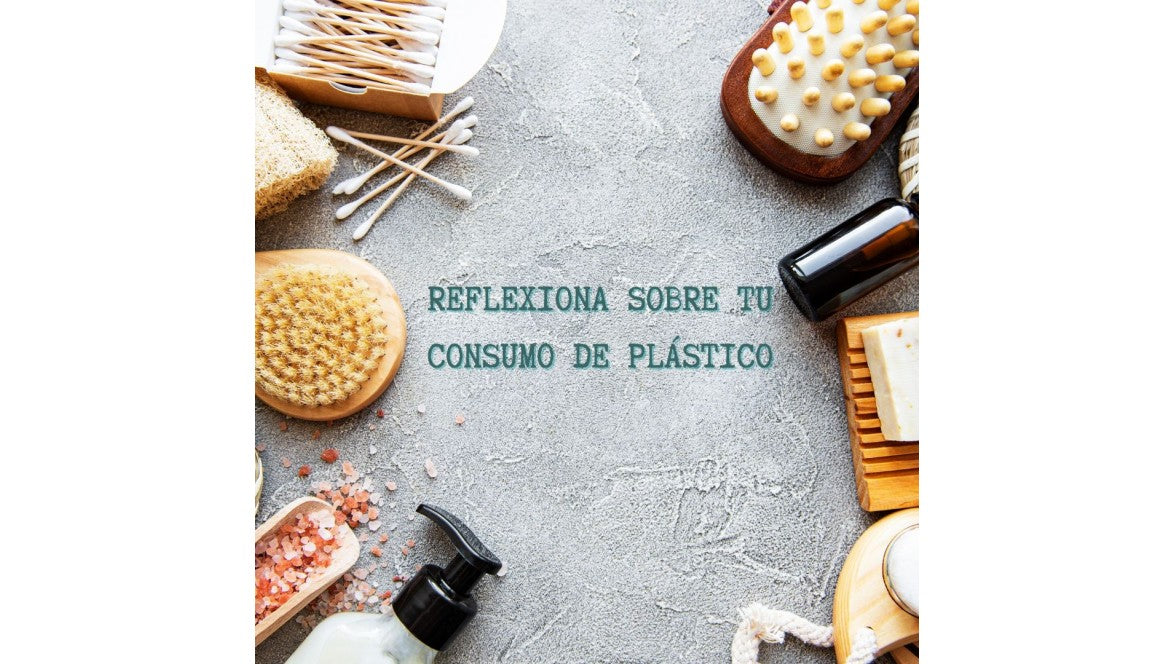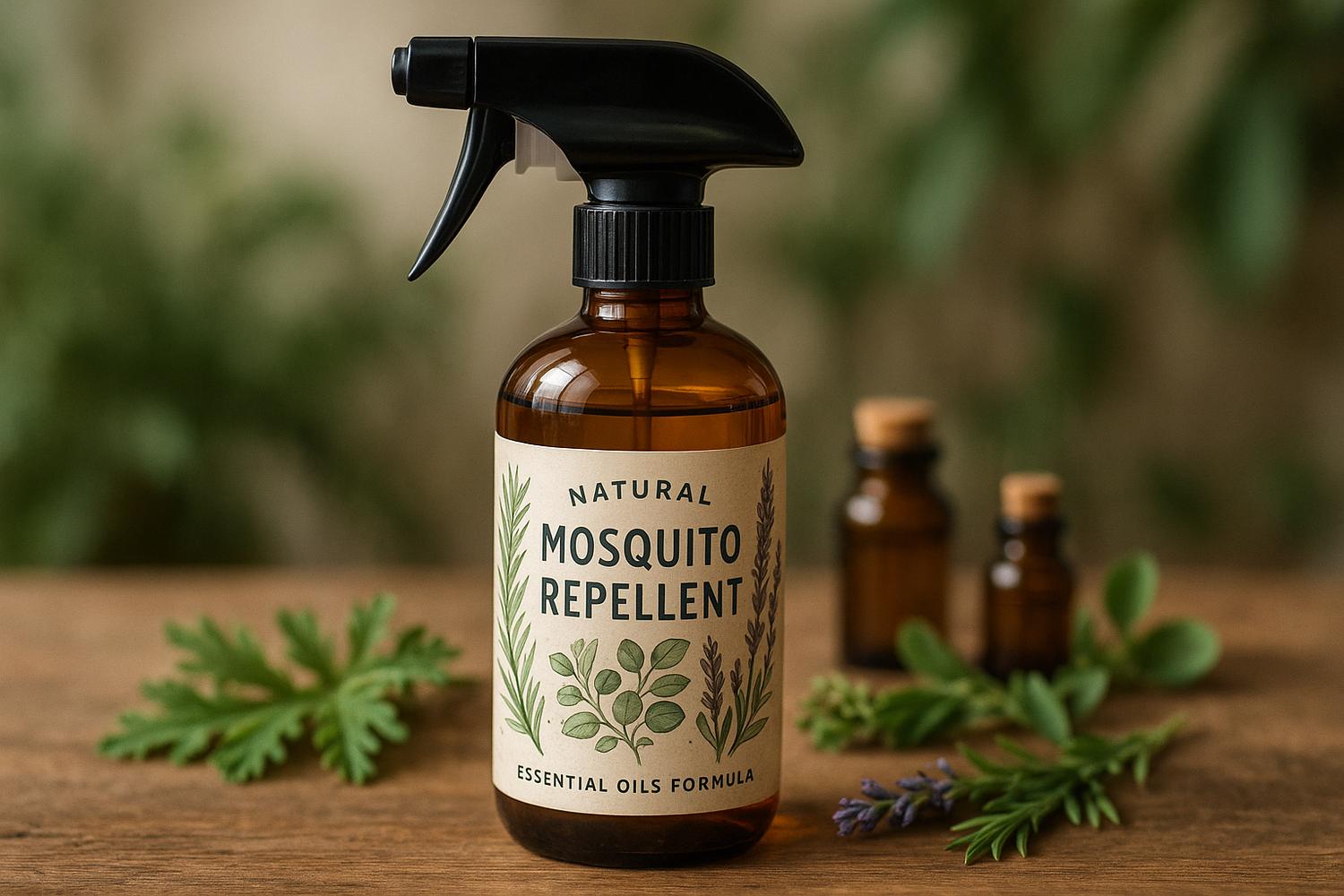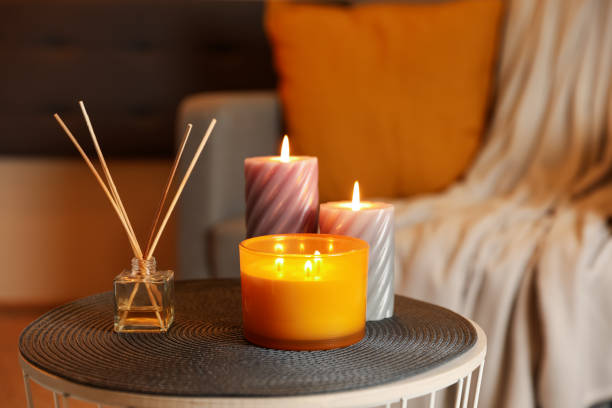We're halfway through July, Plastic-Free Month . Have you resolved to reduce your plastic consumption in any area of your life? In the previous blog post, we proposed a challenge for everyone this month : we're auditing our homes to see which plastics we can eliminate and take further steps toward a more sustainable lifestyle .
On our social media, we're sharing tips and specific ideas every day to help you along the way . You still have time to join the challenge.
We're bringing today's exercise to the blog, inviting you to reflect a little more deeply on your plastic consumption . We want to talk about hidden plastics and see if it's possible to truly eliminate them.
OBSERVE YOUR ENVIRONMENT
Let's start with a very simple exercise. Look around you . Right now. Just for a minute. Wherever you are , how many of the objects around you are made of plastic? Now, think. Are there more sustainable alternatives for these objects? What difference will there be between those who did this little exercise while in a park or while at home?
You've probably noticed that much of what we have around us is made of plastic, and it's difficult or impossible to find a replacement , as is the case with electronic equipment (cell phones, computers, televisions, etc.). The "good thing" about these objects is that they last. Once manufactured, we'll ideally use them for years. But...
WHAT'S HAPPENING WITH SINGLE-USE PLASTICS?
For us, they're the real problem . And in our daily lives , we'll find them everywhere , especially in the packaging of any type of object. In food, of course, but also in almost any consumer item, such as toys, electronics, furniture... How many plastic elements can there be in the box that comes with the new phone you bought? In addition to the plastic elements of the phone itself (which, as we've already said, is at least a durable object, not a single-use item), we'll probably find that the box comes with a plastic seal, the screen will be protected with plastic, there will be a plastic bag for the battery, another for the headphones, another for the charger cable...
Since we know this is practically impossible to avoid, we ask you: What objects in your life could you replace with others that are reusable? We invite you to visit our website and see all the options: sandwich holders , snack holders , wax wraps , bulk shopping bags , coffee or tea cups , insulated bottles , straws , cotton buds , disposable razors , makeup remover pads , cloth pads , menstrual cup and panties , reusable tissues ...

What options have you found that could become part of your regular consumption?
AND WHAT DO WE DO WITH MICROPLASTICS?
This is a big deal because, as the name suggests, they are small and can go unnoticed.
There are three main places where we can find microplastics:
-
In conventional scouring pads, sponges, cloths and brushes.
They're a real problem. With use, these objects deteriorate and, without us realizing it, release tiny pieces of plastic that seep down the drain . Sewage treatment plants can't filter these particles, and they end up in rivers and oceans, damaging ecosystems .
Solution: Switch to scouring pads , sponges, cloths , and brushes made from natural, biodegradable materials that, even if they end up in the water, won't pose a danger to the environment.

-
In cosmetics, hygiene and cleaning products.
How crazy! Right? Why would there be microplastics? Well, they're crawling with them. Some elements in their composition come from petroleum, aren't biodegradable, and end up polluting the water anyway. Plus, sometimes small plastic beads are added to create exfoliating products or products with greater cleansing power .
Solution: Switch to cosmetics, hygiene , and cleaning products made with natural raw materials.
- In textiles
Our closets are full of plastic, and you might not even know it. Polyester is everywhere , and it's almost impossible to escape it. It's a material that allows for very cheap garments, which is why it's so prevalent in clothing stores, especially fast-fashion ones. And not only that. We also find it in upholstery, curtains, towels...
The textile industry consumes a huge amount of the planet's resources, and the greenhouse gases emitted from the distribution of these garments are extremely high because they are mostly produced in Asia and in large quantities. People buy and discard them quickly because that's how the industry is designed.
But that polyester also sheds with washing . This causes our clothes to deteriorate more quickly, but more importantly, it turns into microplastics that end up in the drain, contaminating river and ocean ecosystems.
The solution is to buy from businesses that produce locally, with natural and/or certified raw materials ( GOTS or Oeko-Tex ) and that are of good quality so that you do not need to buy frequently.

WHAT DO YOU THINK YOU CAN DO?
With this post and the plastic-free month challenge , we don't want to make you feel guilty or generate eco-anxiety. Our goal is to accompany you on your journey toward a more sustainable lifestyle . So, everything we're sharing this month should be understood as ideas.
Review them, look at the entire list, and choose one . Of all the actions you could take, the one that seems the easiest to change at this point in your life. Can you commit to changing it during the rest of the month?




